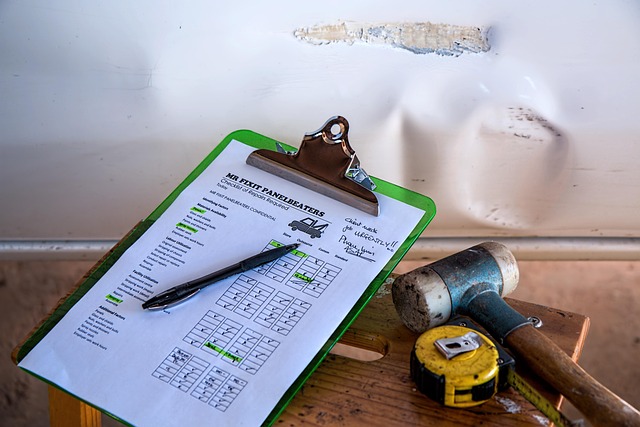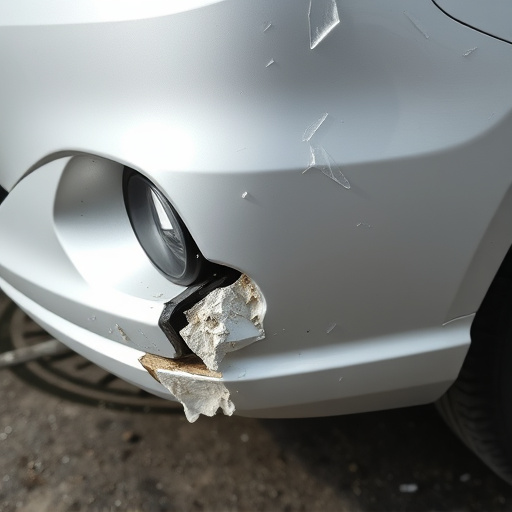Defining and tracking Key Performance Indicators (KPIs) is crucial for evaluating customer repair education initiatives. These KPIs should align with program goals, measuring impact on customers and businesses. Collecting and analyzing customer feedback through surveys and interviews offers a holistic view of effectiveness. Long-term success measurement reveals sustained learning, improved self-care abilities, and enhanced relationships between customers and repair shops. ROI calculations should include satisfaction, loyalty, and cost savings.
Evaluating the success of customer repair education initiatives is essential for any business aiming to enhance client satisfaction and support sustainability. This article explores strategic approaches to gauging effectiveness, focusing on key performance indicators (KPIs), customer feedback mechanisms, and long-term impact assessment. By defining measurable KPIs and implementing robust feedback collection, organizations can optimize their training programs. We’ll discuss how to track return on investment (ROI) and demonstrate the value of customer repair education initiatives over time.
- Defining Key Performance Indicators for Customer Repair Education
- Collecting and Analyzing Feedback from Customers
- Measuring Long-Term Impact and ROI of Training Programs
Defining Key Performance Indicators for Customer Repair Education

Defining Key Performance Indicators (KPIs) is a critical step in evaluating the effectiveness of customer repair education initiatives. These KPIs should be aligned with the goals and objectives set for the program, ensuring they capture the success and impact on both the customers and the business. For instance, if the focus is on improving customer satisfaction and retention after receiving body shop services, KPIs might include post-repair customer feedback scores, the percentage of repeat customers, or net promoter scores (NPS).
When measuring the success of customer repair education, consider metrics such as the time taken to resolve issues, the accuracy of repairs, and technician performance. For example, tracking the efficiency in dent removal or the precision in autobody repairs can demonstrate the direct impact of training. Additionally, monitoring the rate at which customers are informed about available repair options and their active participation in the education process can provide valuable insights into the overall effectiveness of these educational efforts.
Collecting and Analyzing Feedback from Customers

Collecting and analyzing customer feedback is a crucial step in evaluating the effectiveness of any customer repair education efforts. It involves gathering insights directly from those who have availed of the training or workshops, whether it’s for car repair services, fender repair techniques, or even classic car restoration processes. This feedback can be collected through surveys, online forms, or direct interviews.
The data gathered should include both qualitative and quantitative information. Qualitative feedback provides deep insights into customer experiences, their understanding of the concepts taught, and any challenges they faced. Quantitative data offers measurable results, such as satisfaction scores, improvement in repair skills post-education, and the percentage of customers who would recommend the program to others. By combining these two types of feedback, you can get a comprehensive view of how well your customer repair education initiatives are working and where there might be areas for improvement.
Measuring Long-Term Impact and ROI of Training Programs

Measuring the long-term impact and return on investment (ROI) of customer repair education programs is crucial to understanding their effectiveness. This involves tracking key performance indicators (KPIs) beyond immediate post-training assessments. By evaluating how trained customers apply their knowledge over time, businesses can gauge the sustainability of learning. For instance, monitoring the reduction in repeat repairs or the timeliness of service requests provides insights into the program’s success in empowering customers to take better care of their vehicles, such as effectively repairing minor car scratches or handling simple collision damage repair.
Additionally, measuring ROI requires a comprehensive analysis that goes beyond cost-saving calculations. It includes quantifying improved customer satisfaction and loyalty, which can be achieved through surveys or tracking repeat business. For example, a well-designed customer repair education initiative could lead to enhanced communication between customers and repair shops, ensuring that minor issues like car damage repairs are handled efficiently without unnecessary trips to the workshop. This not only saves time and money for both parties but also contributes to a more sustainable and positive relationship.
By defining key performance indicators, collecting and analyzing customer feedback, and measuring long-term impact, businesses can effectively assess the success of their customer repair education efforts. These strategies enable data-driven decisions, ensuring that training programs adapt to meet evolving customer needs and maximize return on investment (ROI). Through continuous improvement based on these metrics, companies can enhance customer satisfaction, foster brand loyalty, and ultimately drive business growth.














